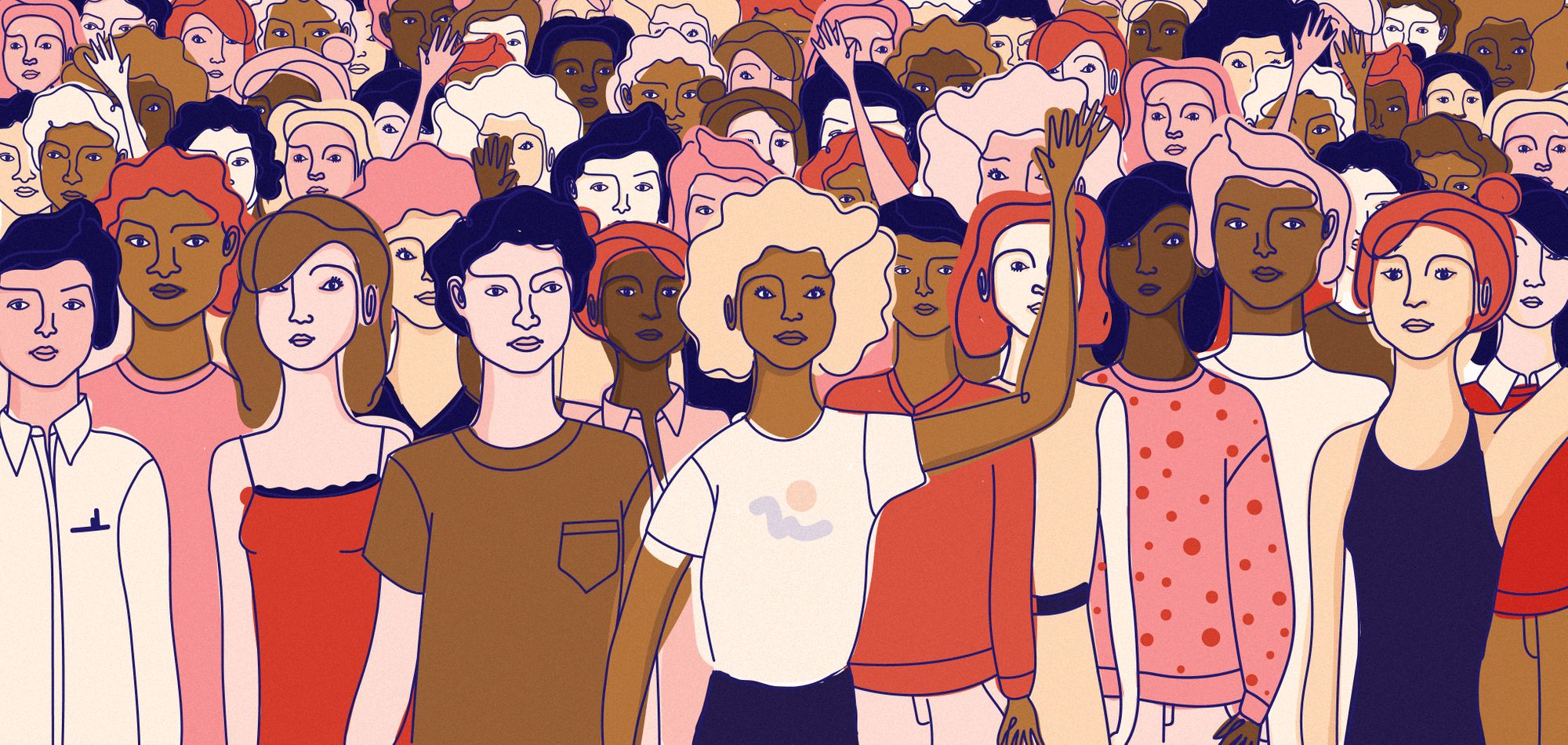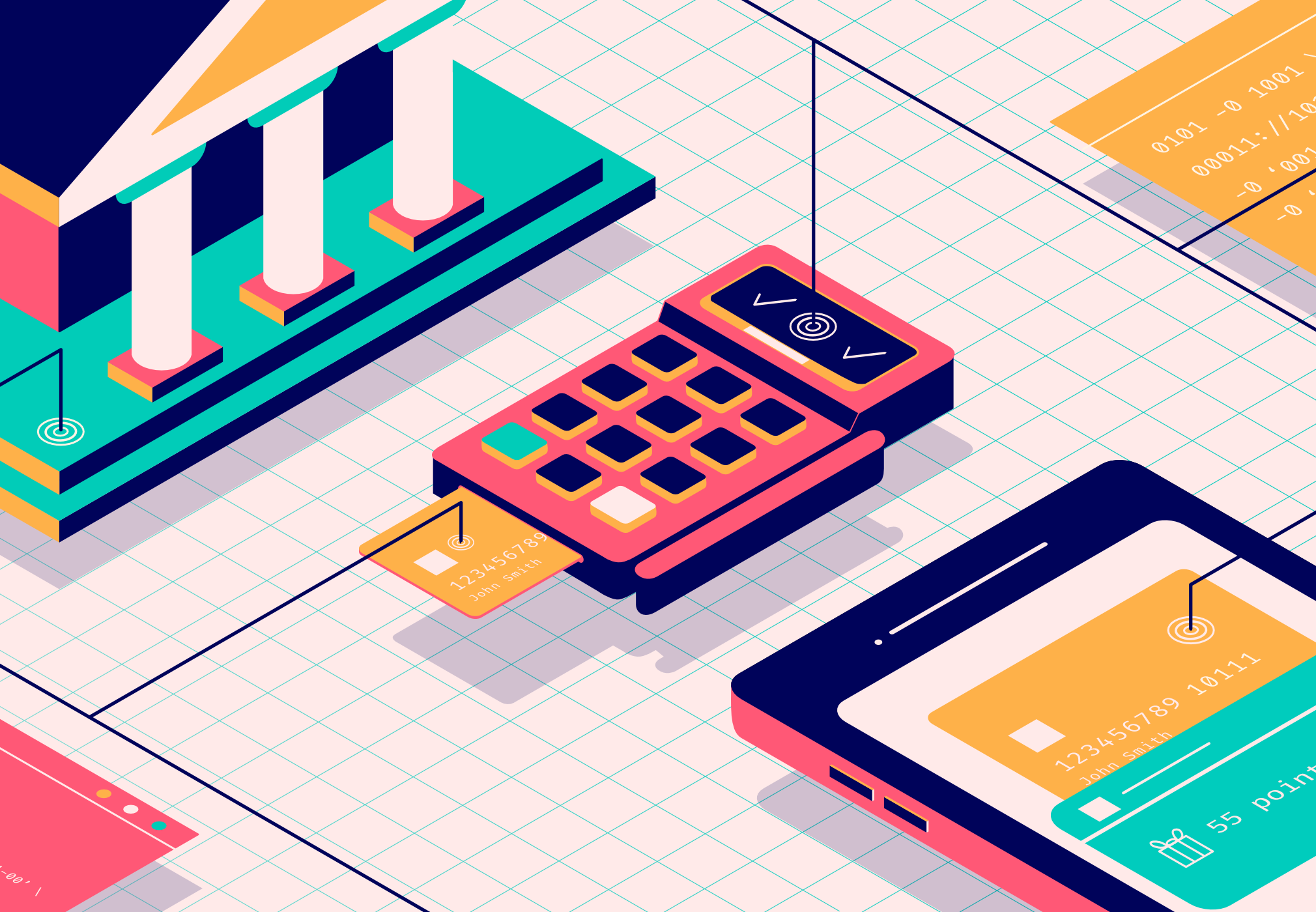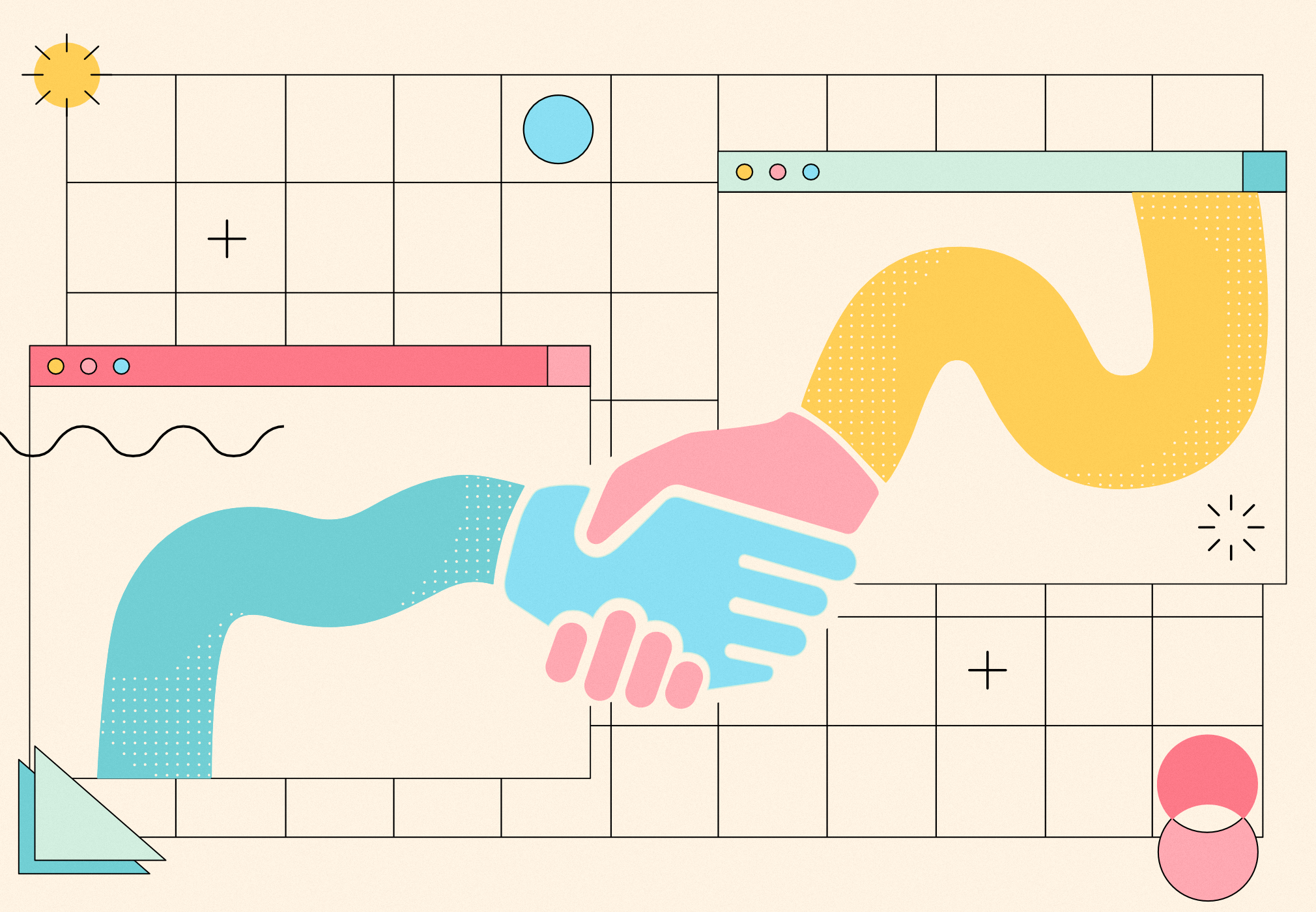How to build a better customer experience with card-linking

How many cards do you have in your wallet? We’re betting it’s more than one.
Actually, the average adult carries at least one credit card and at least one debit card. There were 14 billion payment cards in circulation in 2016, and by 2022, it’ll be 17 billion. By 2026, card payments in the UK alone are set to top 60 million transactions per day.
So while it might not look like much, that little bit of plastic in your back pocket has a huge amount of potential. In fact, it could be the key to unlocking the next generation of customer innovation.
Creating customer value
The trend towards greater customer-centricity has been gathering pace for some time. And with Open Banking on the way, a deluge of products offering better choice, personalisation and control are coming to conquer the market. As a business, it’s never been harder to build brand loyalty and keep customers engaged. You need to innovate, and fast.
But what do your customers really want? To keep them coming back, you need visibility into their behaviour – and to turn that visibility into experiences that drive real value. Tapping into card transaction data can deliver that. Here are the three things you need to build a better customer experience – and how card-linking can help.
1. Open access
A great customer experience needs to be great for all your customers. It should help them do whatever they want to do, wherever in the world they are.
That’s especially true as PSD2 and open banking come into play in the UK. The new regulations put ownership of data squarely back with the end users – and the onus on banks to make sure they can access it. That means building public APIs, so that users can authorise any third party application to go direct to source and get hold of their banking data.
But it’s not quite that easy. Banks are struggling to build those APIs. They’re much slower to get new innovations live than the Fintechs they’re now competing against, and guidance from the regulators on the right way to do things is pretty thin on the ground.
So will users really be able to access all the data they need? Well, maybe not. Even with good public APIs, bank account data only gives so much granularity. It can’t track transactions in real time; can’t accurately pinpoint locations; and often obscures merchant names altogether – we’ve all experienced sleuthing through a statement to work out what the £35 spent at INT’L 0037658723 actually was.
Card-linking solves those problems. Connecting to card rather than account gives you and your customers easy access to the transaction data you really want – including amount, merchant and location – in real time. It’s more useful for you, and that means a better experience for them.
And let’s not forget those 14 billion cards currently in circulation. A single pipeline directly into Mastercard, Amex and Visa opens up access to an enormous global customer base. Add the fact that card payments are outstripping cash in developing nations, and it’s possible that in the near future, card-linking could enable you to offer your service to almost the entire world’s population.
2. Personalisation
A great user experience needs to be built for the many but tailored to the few. That’s a tough balance to strike.
Customers are in control and their expectations have never been higher. The only way to anticipate, meet and exceed their demands is with smart use of data. It’s true across almost every industry that personalisation gets you brownie points; to take the travel industry as an example, 86 percent of all travelers “like or value personalised offers”. For the millenial market in particular, choice and flexibility are paramount.
Access to granular card transaction data means you can create and iterate on experiences that are fine-tuned to your customers’ needs. Retail rewards leaders Goloyal used card-linking to take their customer loyalty programme beyond discounts. Real-time visibility into specific location data meant participating shopping centres could reward customers for purchases made at specific retailers, or a certain time of day. They could exchange their loyalty points for dinner at a nearby restaurant as they shopped. The programme not only brought new customers in-store, it kept existing ones coming back.
Crucially, card-linking means you can deliver a hyper-personalised experience without adding any extra friction for your customers. They keep spending as usual, with the same card as usual. And because transactions are tracked in real-time, you can iterate and interact with them where and when they’re most engaged.
And it goes beyond adding value when they’re shopping. The potential for personalisation is huge, and means innovators can deliver great experiences for customers in the ways that matter most. RentRewards use card-linking to pay cashback earned straight to the customer’s landlord. A weekly shop at Iceland not only feeds the family, but also contributes towards the rent – and with no extra effort or expense for the customer. It doesn’t get much more personal than that.
3. Security
A great user experience needs to be above all else, secure.
Catastrophic data breaches have barely been out of the news in the last couple of years – and the cost isn’t only commercial. Issues with data security don’t just damage the customer experience, they obliterate trust completely. 64 percent will refuse to do business with a company that’s lost their personal information, with financial data among the most sensitive of all.
But this is the age of the internet, and you can’t do away with data altogether. And nor should you. Sensitive though it is, recent research from Salesforce found that 57 percent of consumers would be willing to share some of their personal data in exchange for a more personalised (there’s that word again) experience.
High risk, high reward, right? Actually, no. Using card-linking to connect with your customers means you can keep delivering those personalised experiences without putting their data (or your business) at risk.
Unlike accessing account data, card-linking gives you visibility where you need it, and limits it where you don’t. Take signing up to Avios, for example. A customer can connect their card in a couple of clicks, and get notified of rewards in real time whenever they use that card at a participating retailer. That transaction is all Avios sees. They can’t see all the customer’s historical banking activity for the last 12 months, the direct debits they have set up and how much they have in their savings account. That stays private.
What’s more, card numbers can easily be tokenised, so you don’t run the risk of any big data breaches. And by building on top of the robust and powerful payments infrastructure, you can quickly create the secure and stable solutions that customers want. Safety should always come first – but it doesn’t need to be at the expense of innovative customer experiences.
Want to know how Goloyal used card-linking to build a more personalised customer rewards programme?


